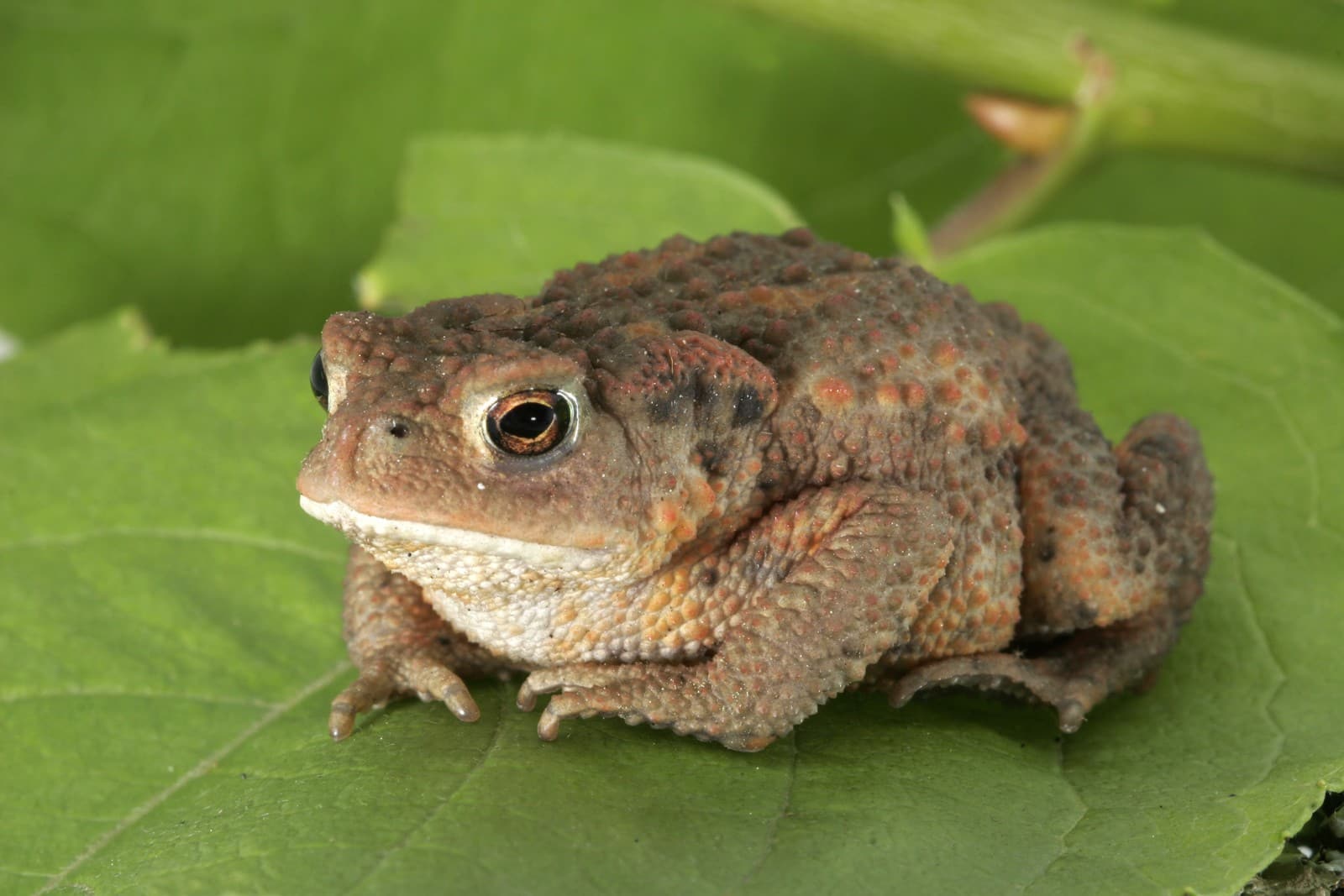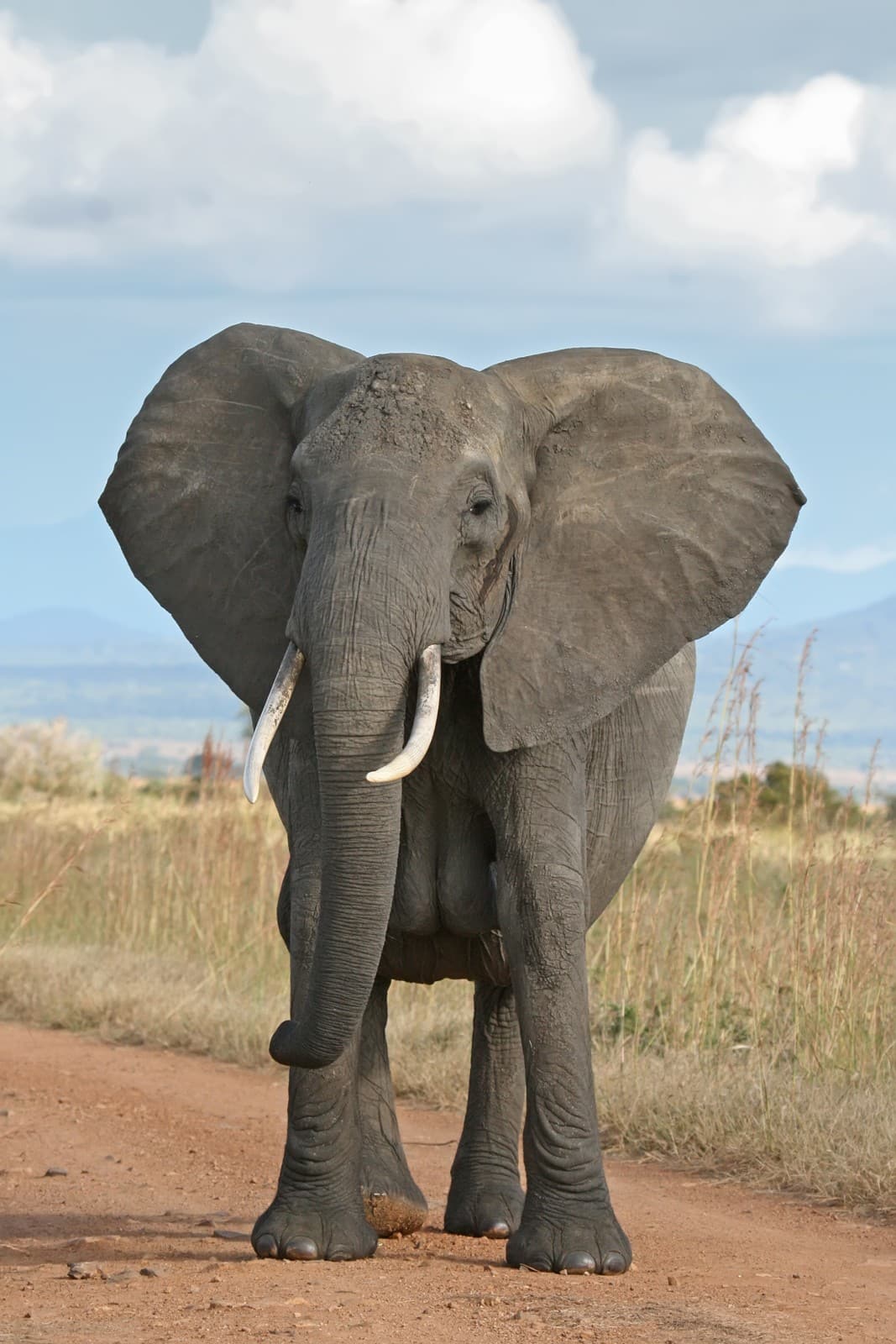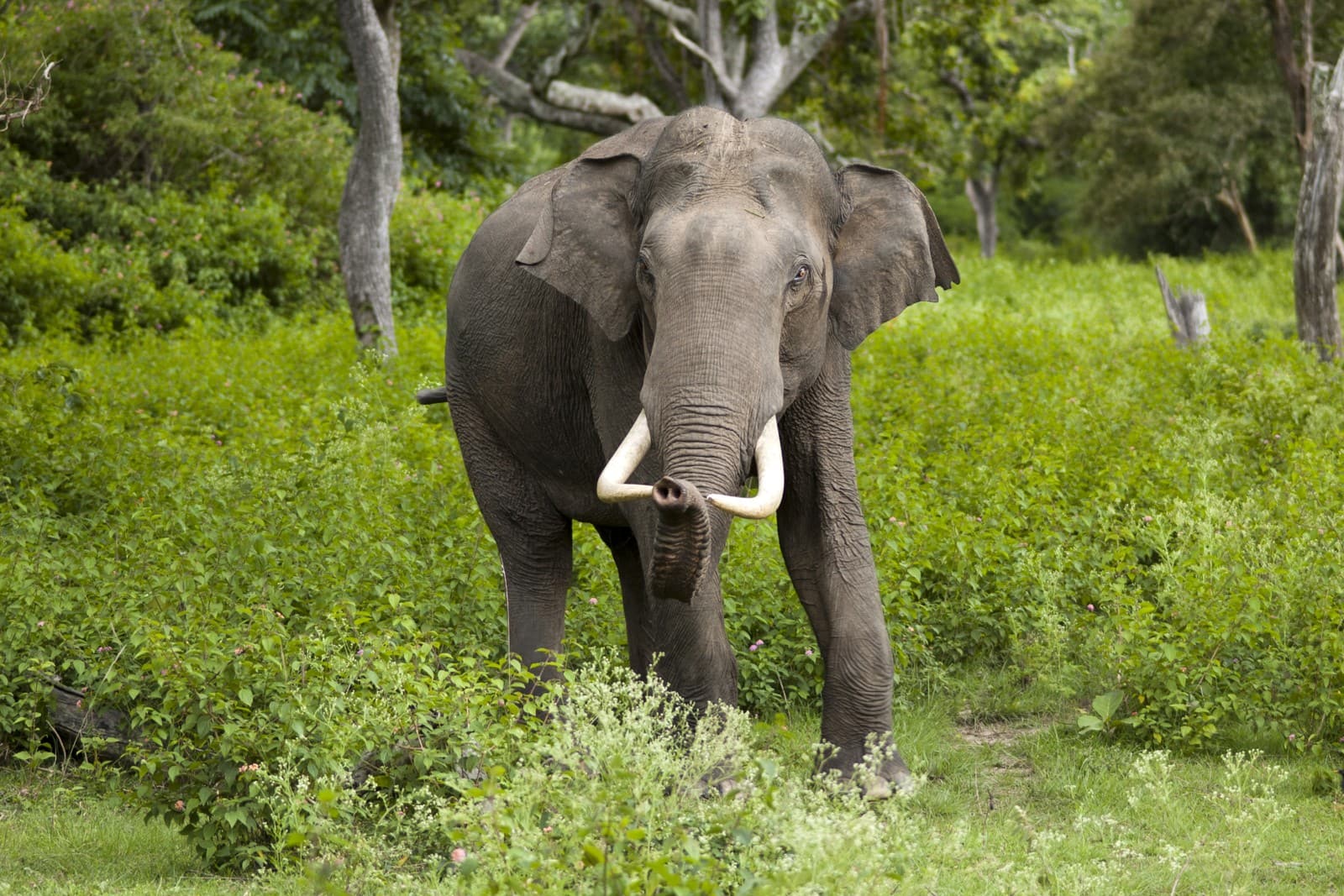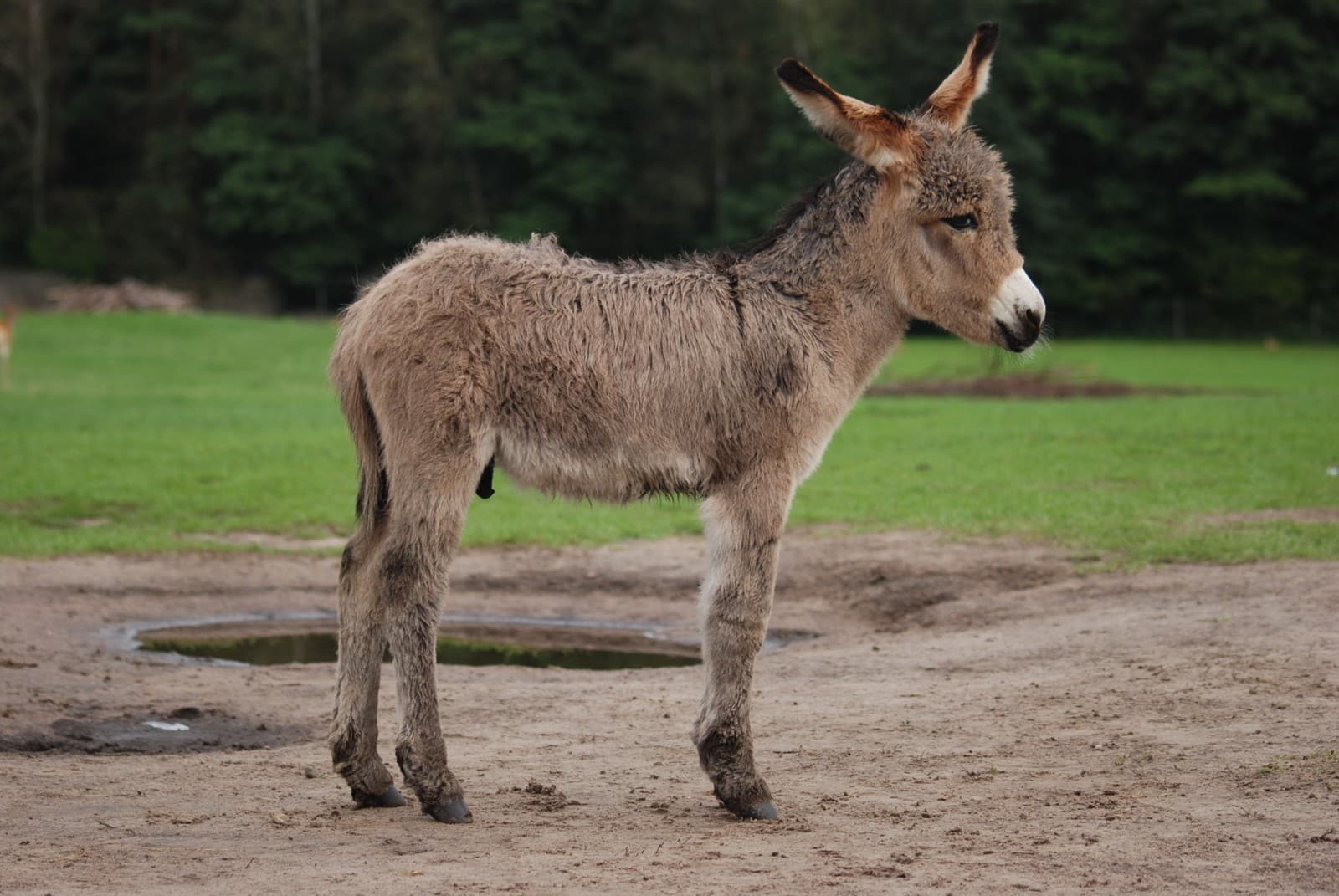Blue Jay vs Steller's Jay: A Complete Comparison
While both the Blue Jay and Steller’s Jay sport stunning blue plumage and belong to the intelligent corvid family, these two species exhibit distinct differences in appearance, habitat preference, and behavior. Blue Jays (Cyanocitta cristata) typically measure 9-12 inches (22-30 cm) in length, while Steller’s Jays (Cyanocitta stelleri) are slightly smaller at 11-13 inches (28-33 cm).
The most immediate visual distinction between these two species lies in their coloring patterns. Blue Jays showcase a lighter blue upper body with white underparts and distinctive white wing bars, while Steller’s Jays feature a bold black head and upper body that transitions to deep blue on their lower portions. This stark contrast in appearance reflects their evolution in different regions of North America.

© Rhododendrites / CC BY-SA 4.0
The Blue Jay’s striking azure and white pattern makes it one of eastern North America’s most recognizable birds. Note the distinctive black bars across the wings and tail, creating a complex pattern that sets it apart from its western cousin, the Steller’s Jay.
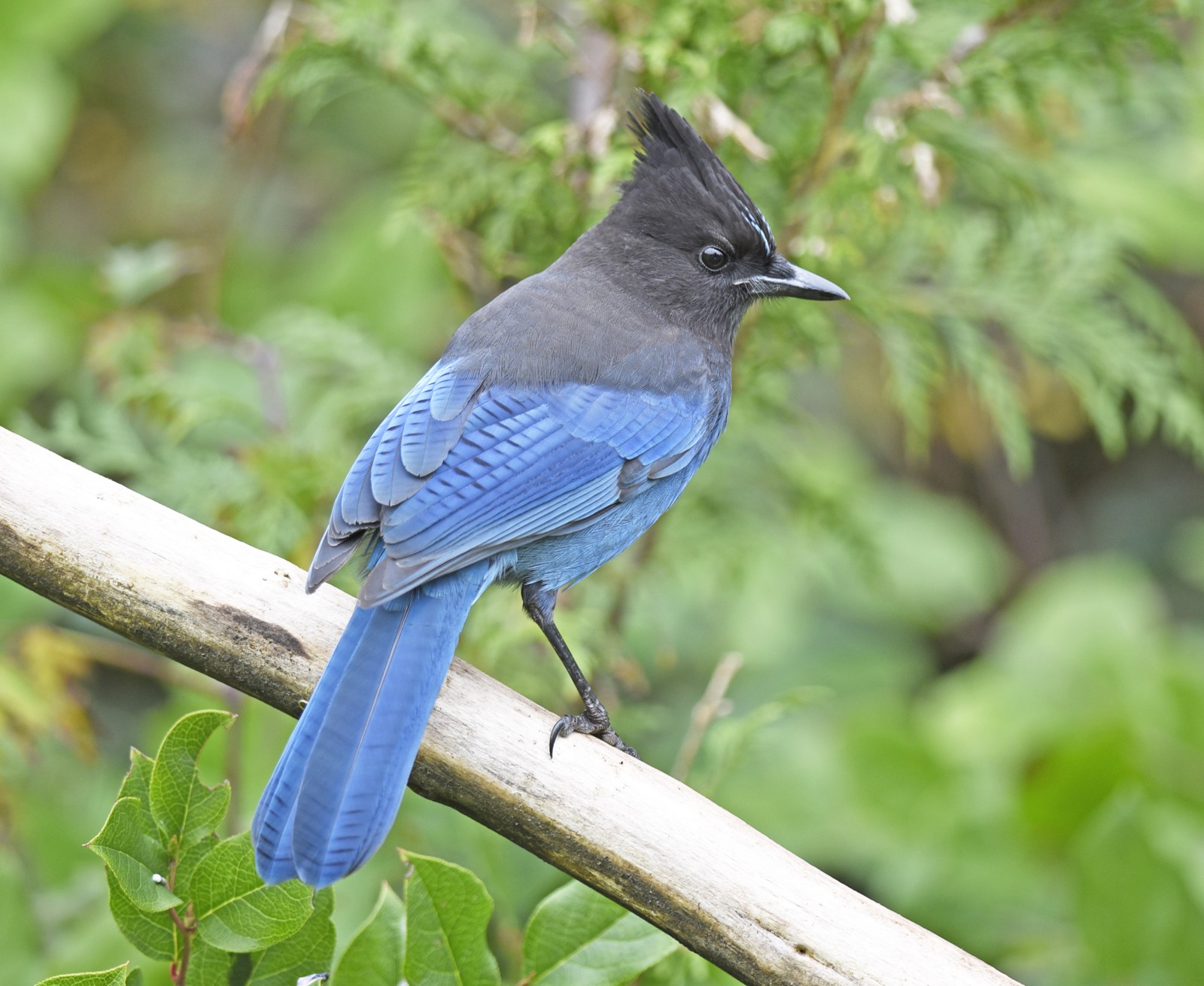
© VJAnderson / CC BY-SA 4.0
The Steller’s Jay’s dramatic black hood and crest contrast beautifully with its deep blue body, making it unmistakable among western forest birds. This striking appearance helps it maintain territorial boundaries in its coniferous forest habitat.
Key Differences: Blue Jay vs Steller’s Jay
| Feature | Blue Jay | Steller’s Jay |
|---|---|---|
| Size | 9-12 inches (22-30 cm) | 11-13 inches (28-33 cm) |
| Weight | 2.5-3.5 oz (70-100 g) | 3.5-4.9 oz (100-140 g) |
| Range | Eastern North America | Western North America |
| Habitat | Deciduous forests, suburbs | Coniferous forests, mountains |
| Coloring | Blue and white with black bars | Black head, blue body |
| Diet | Acorns, insects, seeds | Pine seeds, nuts, small animals |
Habitat and Distribution
Blue Jays dominate the eastern half of North America, thriving in deciduous forests and suburban areas from Canada to Florida. In contrast, Steller’s Jays inhabit the western regions, preferring coniferous forests and mountainous areas from Alaska to Central America.
Behavior and Vocalizations
While both species demonstrate remarkable intelligence, their behavioral patterns differ significantly. Blue Jays are known for their complex social structures and varied vocalizations, including their ability to mimic hawk calls. Steller’s Jays typically maintain more specific territorial boundaries and exhibit a deeper, more raucous call characteristic of mountain environments.
Diet and Feeding Habits
Both species are opportunistic omnivores, but their preferred food sources reflect their distinct habitats. Blue Jays show a particular fondness for acorns and beechnuts, while Steller’s Jays frequently feed on pine seeds and nuts from coniferous trees. Both species cache food for later use, demonstrating their cognitive sophistication.
Intelligence and Problem-Solving
As members of the corvid family, both jays exhibit remarkable problem-solving abilities. They can use tools, remember human faces, and demonstrate complex social behaviors. Studies suggest both species possess similar cognitive capabilities, though they may apply these skills differently in their respective environments.
Conservation Status
Both the Blue Jay and Steller’s Jay maintain stable populations across their ranges. However, they face different challenges: Blue Jays must adapt to increasing urbanization, while Steller’s Jays contend with climate change impacts on their mountain habitats.
Who Would Win in a Confrontation?
While direct confrontations between these species rarely occur due to their separate ranges, Steller’s Jays generally demonstrate more aggressive territorial behavior and, being slightly larger, would likely dominate in competitive situations. However, both species typically avoid direct conflict, preferring to maintain separate territories.



